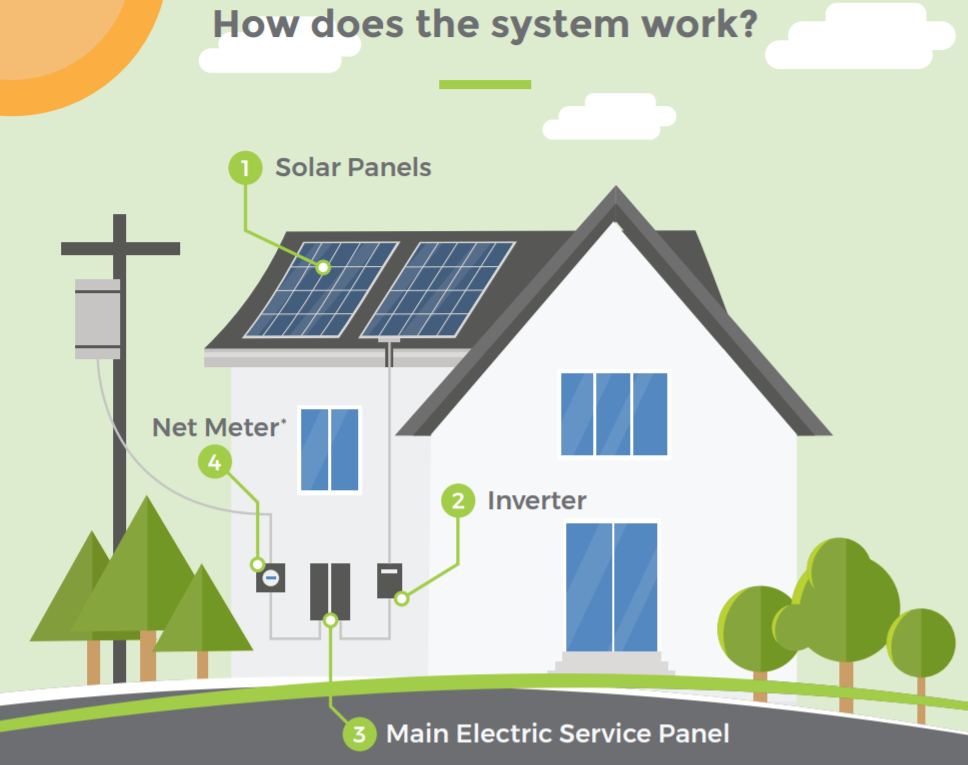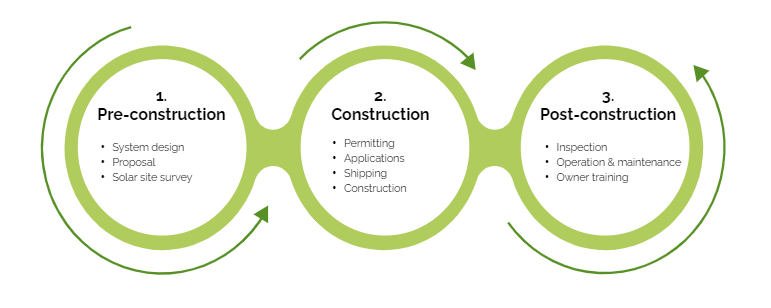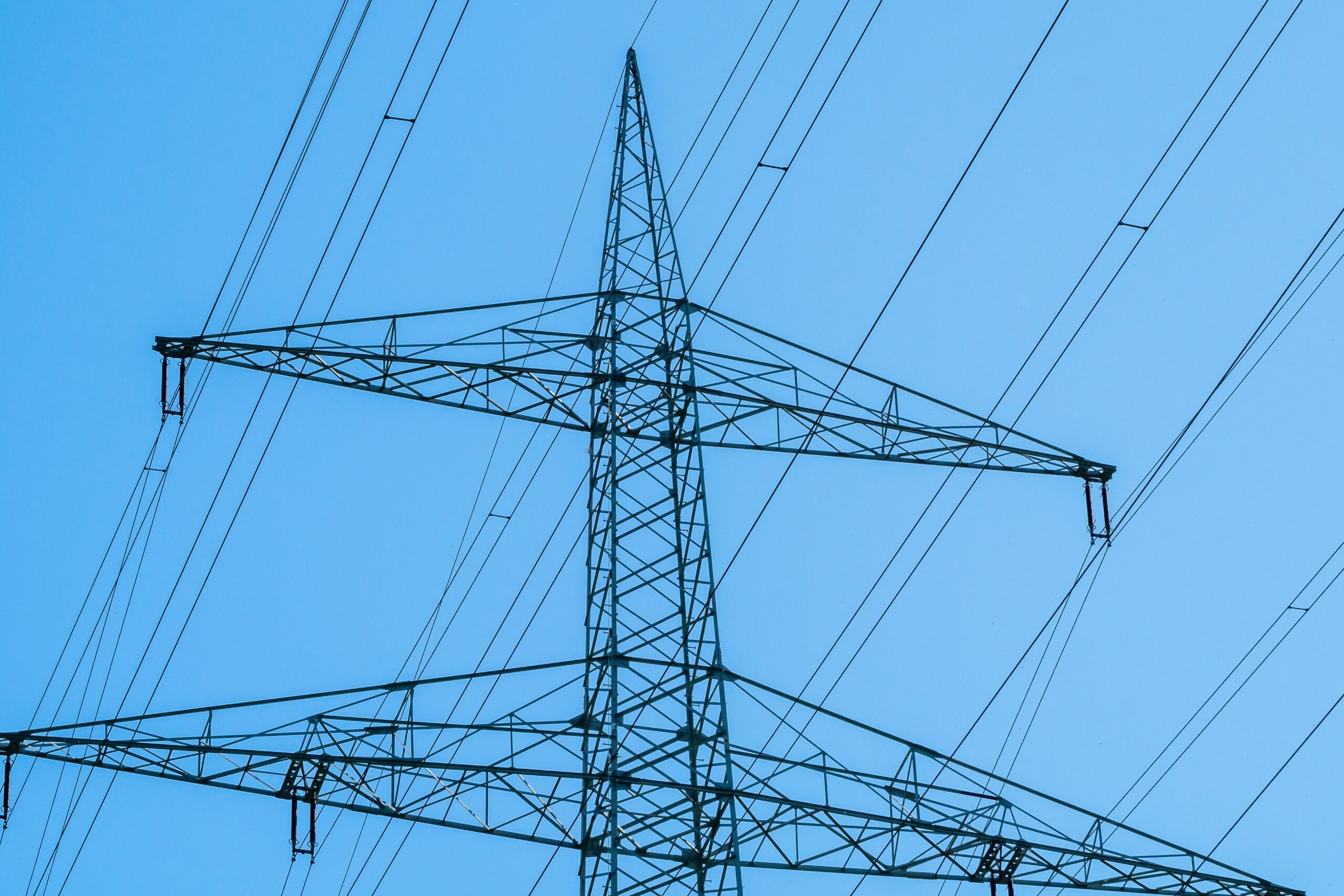Updated 8/29/23: The more you read about it, the more you hear that solar is great for the planet and for our wallets. But you may be wondering, how does solar energy actually work? And possibly more important, how much does it cost? Understanding the basic process and technology can help you understand how going solar saves you money. Read on to learn the basics of solar for your home!
Is now the best time to go solar?
We get it, it’s hard to think about a home improvement project when inflation is still an issue and groceries are twice as expensive as they were last year. But honestly, this is a home improvement project that pays dividends in many ways. With a $0-down financing option and great incentives, you can often beat the ever-rising electricity rates from the utility with solar energy.
And when you factor in great incentives like the federal solar tax credit, which has been extended at 30% through 2032, increased home value, and Solar Renewable Energy Credits — not to mention the peace of mind knowing you’re part of the solution to climate change — you’ll see that solar pays for itself in myriad ways.
You can read more about the financial benefits of solar here.
So How Does Solar Work?
Solar technology is pretty simple when you break it down. Check out the image below. Number one shows the solar panels on your roof. The panels are made of silicon (which is basically sand) compressed into cells that are able to convert the sun’s rays into electricity. Here’s how:
- The sun emits energy in the form of photons.
- When these photons hit the solar panels, they are absorbed by the silicon atoms in the panels.
- The energy from the photons causes electrons in the silicon atoms to become excited and move around, creating an electric current.
- This current flows through wires from the solar panels to an inverter, which converts the DC (direct current) electricity into AC (alternating current) electricity that can be used in homes.
Read more about solar panel technology here.

Next, number two shows the wires running from the panels to the inverter, also known as the combiner box. Each panel has a small box called a microinverter on the back, which runs electricity through the wires to the combiner box attached to the outside wall. The microinverters convert the Direct Current (DC) electricity from the sun into Alternating Current (AC) that you can use in your home. Read more about the benefits of microinverters here.
Number three shows your main electric service panel. Solar electricity from the inverter flows through this service panel into your home, or out to the grid.
Number four is the net meter. When you install a solar system on your home, the utility company will come and change out your regular meter for a net meter, which can measure the power flowing into your home as well as out to the grid. This allows you to participate in net metering and earn dollar-for-dollar credit on your electric bill for the extra power you generate. Read more about net metering here.
What is the Process?
There are many steps in any major home improvement project, and solar is no different. But Ipsun’s solar experts are here to walk you through it every step of the way. Begin with a free virtual quote from one of our consultants to get an idea of the viability of solar for your home. From there, we will work with you to design a custom system that fits your needs and budget.

In the construction phase, it’ll take time to go through permitting and procurement of your materials, but when installation time comes, that process will typically only take about two days. From there, once the install passes inspection and the utility company connects you to the power grid, you’re running on sun power!
What about the cost?
It’s hard to give a universal answer to the question, “How much will solar cost me?” because every project is unique. Depending on your home’s specific aspects like roof area, shading, obstructions, roof angle, and orientation to the sun, the costs will vary.
Solar’s value also depends on your own energy needs and goals. The answers to lifestyle questions like the ones below all factor into how you gauge your specific solar payback:
- How do much you spend monthly on utility power?
- How important it is to you to keep the lights on and computers running in an outage?
- How important it is to you to use green power rather than fossil fuel power?
Having said that, there are also some very basic numbers we generally share to give people an idea of what solar costs in a very ballpark way. The average size system Ipsun sells is about 10kW. If that system is generally a standard design, it would cost about $30,000. Once you factor in the 30% federal tax credit you’re down to a base cost of $21,000.
You may also decide to finance with a $0-down 20-year loan, which would give you a basic monthly payment. After that, you’d consider other incentives that may vary depending on your locality, like SREC returns, property tax deduction, and net metering to come up with your final cost and estimated payback window. Check out our pricing page to learn more.
Get in touch!
Give us a call at (703) 249-6594, or click below to get in touch. We love talking solar with you!





